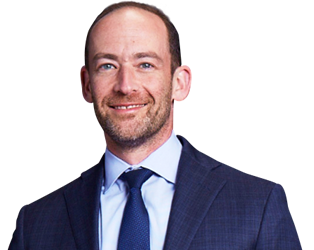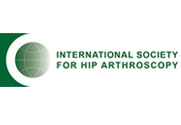Simulated type II superior labral anterior posterior lesions do not alter the path of glenohumeral articulation: a cadaveric biomechanical study
Categories
Youm, Thomas; Tibone, James E; ElAttrache, Neal S; McGarry, Michelle H; Lee, Thay Q
2008 Apr;36(4):767-74, American journal of sports medicine
BACKGROUND: Previous studies have demonstrated increased glenohumeral translations with simulated type II superior labral anterior posterior lesions, which may explain the sensation of instability in the overhead-throwing athlete. It is unknown whether this amount of increased translation alters glenohumeral kinematics. PURPOSE: To determine whether type II superior labral anterior posterior lesions significantly alter glenohumeral kinematics as defined by path of glenohumeral articulation in a simulated cadaveric model of the throwing shoulder. STUDY DESIGN: Controlled laboratory study. METHODS: Six cadaveric shoulders were tested for glenohumeral rotational range of motion and translation using a custom shoulder testing system and the Microscribe 3DLX. The path of glenohumeral articulation was measured by calculating the humeral head center with respect to the glenoid articular surface at maximal internal rotation, 30 degrees, 60 degrees, 90 degrees, and maximal external rotation. Data were recorded for vented intact shoulders, shoulders with arthroscopically created type II superior labral anterior posterior lesions, and shoulders with arthroscopically repaired superior labral anterior posterior lesions. RESULTS: A subtle but significant increase in external rotation (2.7 degrees) was seen after creating a type II lesion. Small increases in glenohumeral translation were found in the anterior (0.9 mm) and inferior (0.9 mm) directions with application of a 15-N force in the superior labral anterior posterior group. Increases in glenohumeral rotation and translation were restored to the intact state after repair of the lesion. No significant differences were found in the path of glenohumeral articulation for the superior labral anterior posterior condition compared with the intact shoulder. CONCLUSION: The small amounts of increased external rotation and translation found with arthroscopically created type II superior labral anterior posterior lesions do not significantly affect glenohumeral kinematics in this passive motion model as quantified by the path of glenohumeral articulation. CLINICAL RELEVANCE: Findings suggest that in the absence of pain or mechanical symptoms, type II superior labral anterior posterior lesions that do not significantly involve the superior and middle glenohumeral ligaments may not need surgical repair
– id: J0160209, year: 2008, vol: 36, page: 767, stat: Journal Article,












